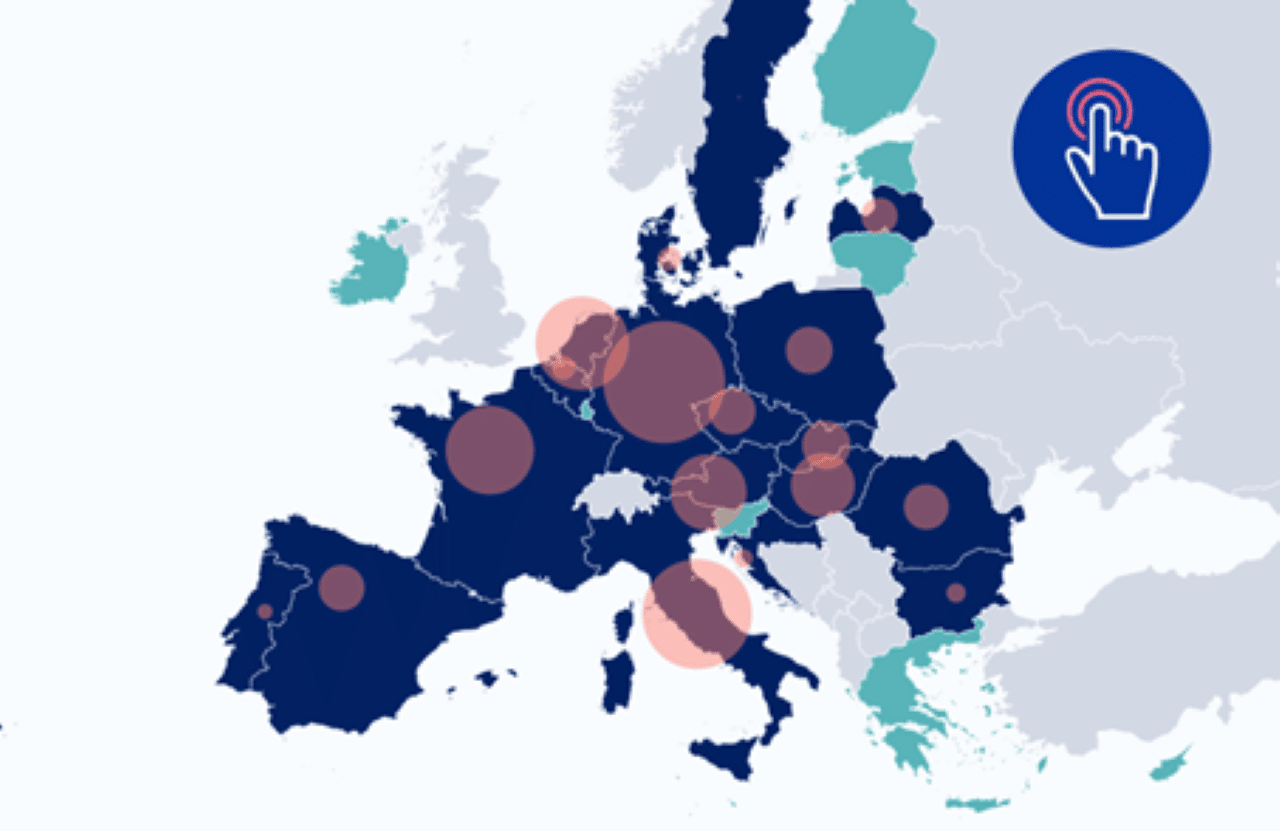The EU has reached its target of filling gas storage facilities to 90% of capacity well over 2 months ahead of the 1 November deadline, according to the latest figures released today by Gas Infrastructure Europe. This achievement is on a par with last year, when EU countries reached the 90% target on 18 August. Aimed at optimising EU preparation for the winter heating season, the Gas Storage Regulation (EU/2022/1032) of June 2022 set a binding EU target of 90% filling of storage facilities by 1 November each year, with interim targets for EU countries to ensure steady filling throughout the year. Gas storage is key for security of energy supply in Europe as it can cover up to one-third of the EU’s gas demand in winter. The figures published today show that gas storage levels reached 1 025 TWh or 90.02% of storage capacity (equivalent to just under 92 billion cubic metres (bcm) of natural gas) on 19 August.
EU Commissioner for Energy, Kadri Simson said:
‘Today we have reached our 90% gas storage capacity target for the winter – well ahead of the 1 November deadline for the second year in a row. This highlights the EU’s readiness for the coming winter, based on our intensive work in the past 2.5 years. The Commission will continue to monitor the situation, so that gas storage levels remain sufficiently high across the coming months, and so that we also maintain our focus on improving energy efficiency and boosting the renewable energy roll-out. I also want to take this opportunity to highlight the much more difficult situation in Ukraine, where the energy sector is under heavy and constant attack from Russia. Europe must continue to stand by Ukraine and provide the necessary support to its energy system so that the Ukrainian population too can get safely through the tough winter ahead.’
The Gas Storage Regulation was one of a wide range of measures taken by the EU following the energy crisis triggered by Russia’s invasion of Ukraine, to better prepare Europe’s energy system for the winter season. This also included emergency rules on gas demand reduction. Under the REPowerEU plan, the EU also took further steps to reduce EU dependence on imports of Russian fossil fuels. As well as seeking to accelerate the deployment of renewable energy and energy efficiency/energy savings measures, this includes securing alternative energy supplies. In practice, this has seen a significant shift towards liquified natural gas (LNG), where the USA is the EU’s main supplier. Norway has become the EU’s leading supplier of pipeline gas.
Related links
- Gas storage
- Secure gas supplies
- REPowerEU: affordable, secure and sustainable energy for Europe
- REPowerEU – 2 years on

